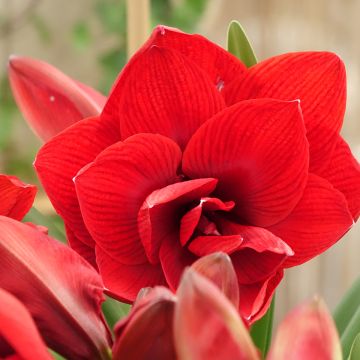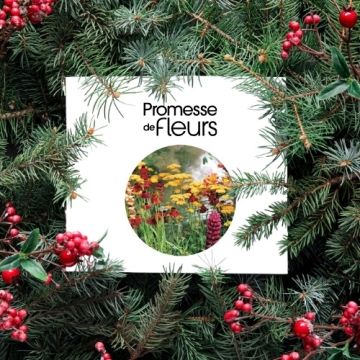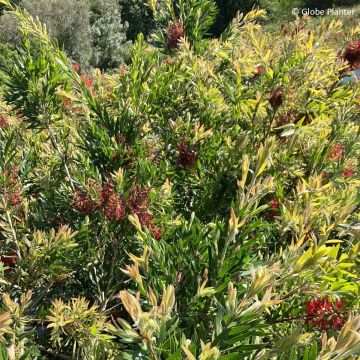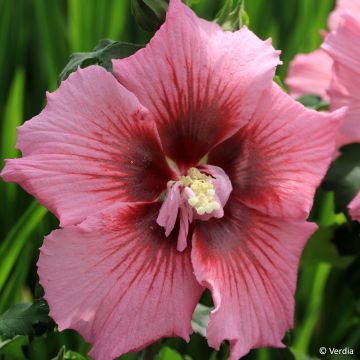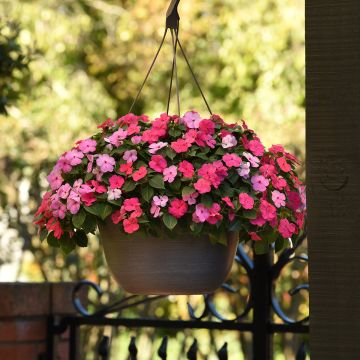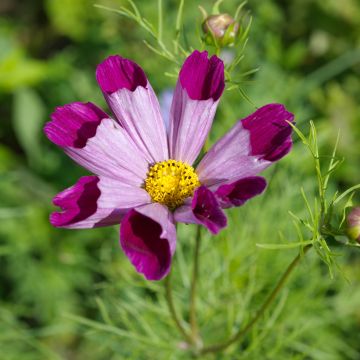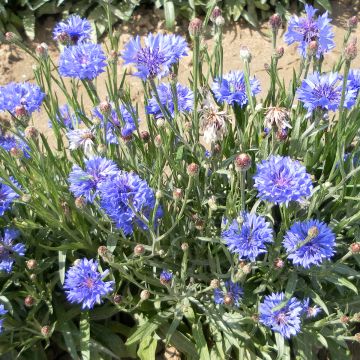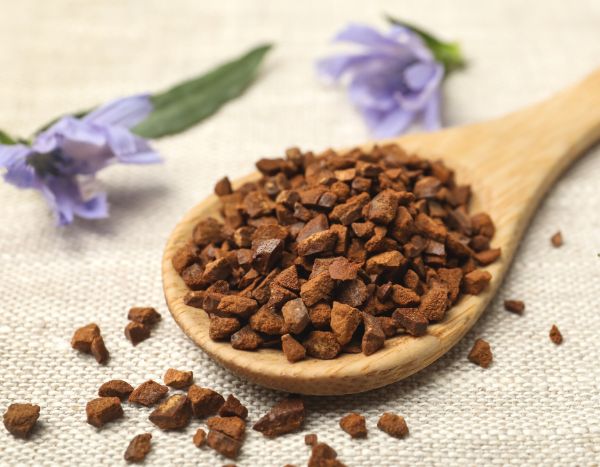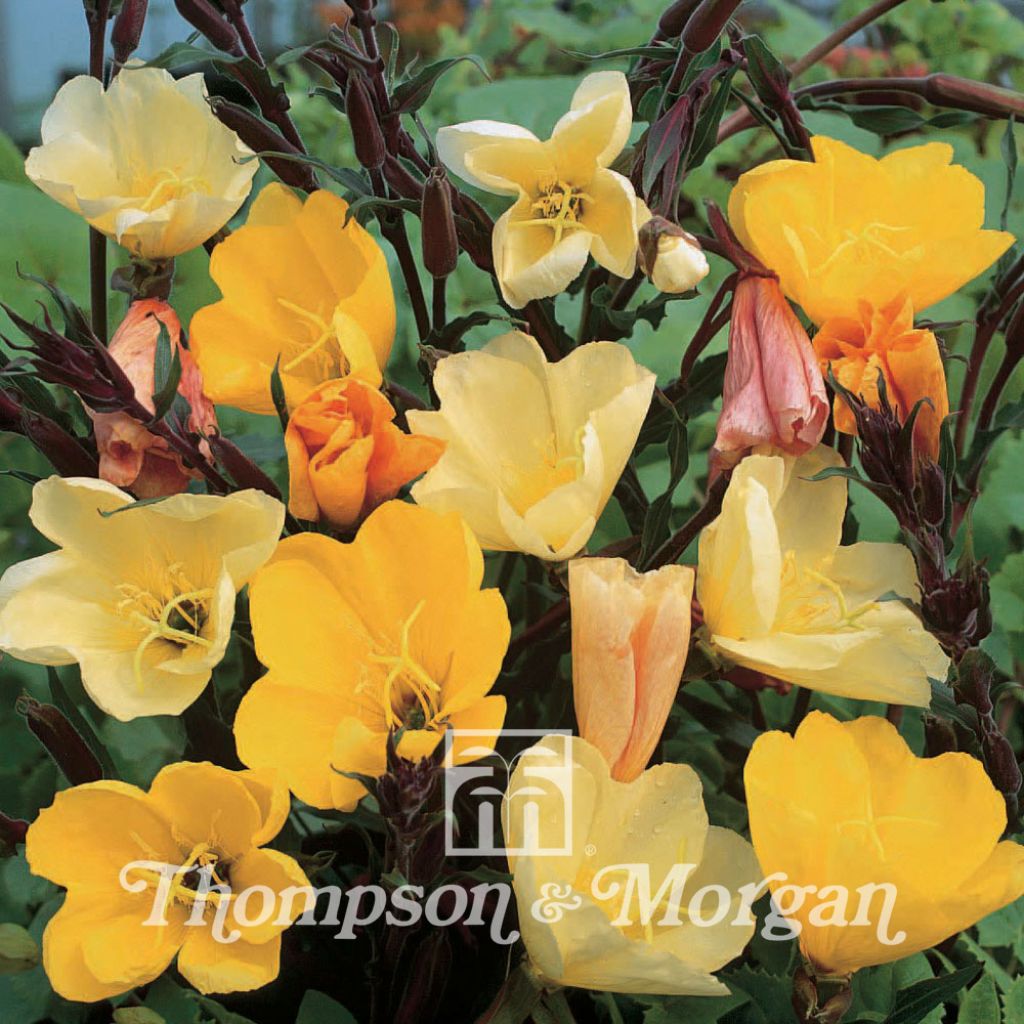

Oenothera Odorata Apricot Delight
Oenothera odorata Apricot Delight
Oenothera odorata Apricot Delight
Evening Primrose
Special offer!
Receive a €20 voucher for any order over €90 (excluding delivery costs, credit notes, and plastic-free options)!
1- Add your favorite plants to your cart.
2- Once you have reached €90, confirm your order (you can even choose the delivery date!).
3- As soon as your order is shipped, you will receive an email containing your voucher code, valid for 3 months (90 days).
Your voucher is unique and can only be used once, for any order with a minimum value of €20, excluding delivery costs.
Can be combined with other current offers, non-divisible and non-refundable.
Why not try an alternative variety in stock?
View all →This plant carries a 6 months recovery warranty
More information
We guarantee the quality of our plants for a full growing cycle, and will replace at our expense any plant that fails to recover under normal climatic and planting conditions.
Does this plant fit my garden?
Set up your Plantfit profile →
Description
Oenothera odorata Apricot Delight is a delightful evening primrose of recent breeding, with large pale yellow flowers that turn sun yellow then apricot and finally salmon pink. Throughout the night, it opens its wide cup-shaped corollas to diffuse a delicate vanilla fragrance.
Oenothera odorata, also known as scented evening primrose or evening primrose, is a short-lived perennial herbaceous plant belonging to the Onagraceae family. It is native to temperate areas of North America and introduced to Europe where it has naturalised. It is cultivated in gardens for its ornamental qualities, as well as for its medicinal and culinary virtues.
The dark green and deciduous foliage presents a large basal rosette of elongated and slender lanceolate leaves. Then, from June to September, the plant produces a series of flowers assembled in loose panicles. Large cup-shaped corollas with a diameter of 7 cm (3in) are nestled in a calyx and carried by purplish-tinged stems. The colour of the inflorescence changes over time. The flowers open pale yellow, almost sulphur, and gradually turn salmon pink. Inside the cup, the cluster of stamens surrounds the stigma, which is topped with a characteristic X-shaped stigma of evening primroses. The plant quickly reaches a height of 60 cm (24in) to 1 m (3ft) with a spread of 30 to 40 cm (12 to 16in).
The 'Apricot Delight' Evening Primrose is not only beautiful and fragrant. Every evening, it delivers the most beautiful spectacle by opening its flowers for the night. Their unfolding is visible to the naked eye. However, these flowers, ephemeral in nature, do not survive more than a day. Afterwards, large capsules appear containing a multitude of tiny seeds, from which a golden-coloured oil is extracted, known for its healing and anti-inflammatory properties. Evening primrose self-seeds spontaneously and abundantly.
It prefers light, well-drained, and rather poor soils. It should be planted in full sun alongside Alstroemerias in large pots or to dress up a slope or a wall alongside Alyssum.
Evening primrose is sometimes cultivated as a vegetable because its taproots are said to taste like ham when cooked. This piques our curiosity and why not, associate it with Mertensia maritima, the plant with an oyster-like flavour.
Report an error about the product description
Flowering
Foliage
Plant habit
Botanical data
Oenothera
odorata
Apricot Delight
Onagracées
Evening Primrose
Oenothera 'Apricot Delight'
Cultivar or hybrid
Other Thompson and Morgan seeds
View all →Planting and care
Sow from February to May at room temperature between 18 and 20°C (64.4 and 68°F) on the surface of a good seed compost that you keep moist but not overly wet. Apply a light layer of vermiculite but do not completely cover the seeds as they need some light to germinate. You will see your seedlings appear between 14 and 21 days. When the young plants are strong enough to handle, transplant them to a cooler location for two weeks to acclimatise them gradually.
Plant in the ground once the risk of frost has completely passed, taking care to space your plants at least 30 to 40 cm (12 to 16in) apart.
Sowing period
Intended location
Planting & care advice
This item has not been reviewed yet - be the first to leave a review about it.
Haven't found what you were looking for?
Hardiness is the lowest winter temperature a plant can endure without suffering serious damage or even dying. However, hardiness is affected by location (a sheltered area, such as a patio), protection (winter cover) and soil type (hardiness is improved by well-drained soil).

Photo Sharing Terms & Conditions
In order to encourage gardeners to interact and share their experiences, Promesse de fleurs offers various media enabling content to be uploaded onto its Site - in particular via the ‘Photo sharing’ module.
The User agrees to refrain from:
- Posting any content that is illegal, prejudicial, insulting, racist, inciteful to hatred, revisionist, contrary to public decency, that infringes on privacy or on the privacy rights of third parties, in particular the publicity rights of persons and goods, intellectual property rights, or the right to privacy.
- Submitting content on behalf of a third party;
- Impersonate the identity of a third party and/or publish any personal information about a third party;
In general, the User undertakes to refrain from any unethical behaviour.
All Content (in particular text, comments, files, images, photos, videos, creative works, etc.), which may be subject to property or intellectual property rights, image or other private rights, shall remain the property of the User, subject to the limited rights granted by the terms of the licence granted by Promesse de fleurs as stated below. Users are at liberty to publish or not to publish such Content on the Site, notably via the ‘Photo Sharing’ facility, and accept that this Content shall be made public and freely accessible, notably on the Internet.
Users further acknowledge, undertake to have ,and guarantee that they hold all necessary rights and permissions to publish such material on the Site, in particular with regard to the legislation in force pertaining to any privacy, property, intellectual property, image, or contractual rights, or rights of any other nature. By publishing such Content on the Site, Users acknowledge accepting full liability as publishers of the Content within the meaning of the law, and grant Promesse de fleurs, free of charge, an inclusive, worldwide licence for the said Content for the entire duration of its publication, including all reproduction, representation, up/downloading, displaying, performing, transmission, and storage rights.
Users also grant permission for their name to be linked to the Content and accept that this link may not always be made available.
By engaging in posting material, Users consent to their Content becoming automatically accessible on the Internet, in particular on other sites and/or blogs and/or web pages of the Promesse de fleurs site, including in particular social pages and the Promesse de fleurs catalogue.
Users may secure the removal of entrusted content free of charge by issuing a simple request via our contact form.
The flowering period indicated on our website applies to countries and regions located in USDA zone 8 (France, the United Kingdom, Ireland, the Netherlands, etc.)
It will vary according to where you live:
- In zones 9 to 10 (Italy, Spain, Greece, etc.), flowering will occur about 2 to 4 weeks earlier.
- In zones 6 to 7 (Germany, Poland, Slovenia, and lower mountainous regions), flowering will be delayed by 2 to 3 weeks.
- In zone 5 (Central Europe, Scandinavia), blooming will be delayed by 3 to 5 weeks.
In temperate climates, pruning of spring-flowering shrubs (forsythia, spireas, etc.) should be done just after flowering.
Pruning of summer-flowering shrubs (Indian Lilac, Perovskia, etc.) can be done in winter or spring.
In cold regions as well as with frost-sensitive plants, avoid pruning too early when severe frosts may still occur.
The planting period indicated on our website applies to countries and regions located in USDA zone 8 (France, United Kingdom, Ireland, Netherlands).
It will vary according to where you live:
- In Mediterranean zones (Marseille, Madrid, Milan, etc.), autumn and winter are the best planting periods.
- In continental zones (Strasbourg, Munich, Vienna, etc.), delay planting by 2 to 3 weeks in spring and bring it forward by 2 to 4 weeks in autumn.
- In mountainous regions (the Alps, Pyrenees, Carpathians, etc.), it is best to plant in late spring (May-June) or late summer (August-September).
The harvesting period indicated on our website applies to countries and regions in USDA zone 8 (France, England, Ireland, the Netherlands).
In colder areas (Scandinavia, Poland, Austria...) fruit and vegetable harvests are likely to be delayed by 3-4 weeks.
In warmer areas (Italy, Spain, Greece, etc.), harvesting will probably take place earlier, depending on weather conditions.
The sowing periods indicated on our website apply to countries and regions within USDA Zone 8 (France, UK, Ireland, Netherlands).
In colder areas (Scandinavia, Poland, Austria...), delay any outdoor sowing by 3-4 weeks, or sow under glass.
In warmer climes (Italy, Spain, Greece, etc.), bring outdoor sowing forward by a few weeks.































